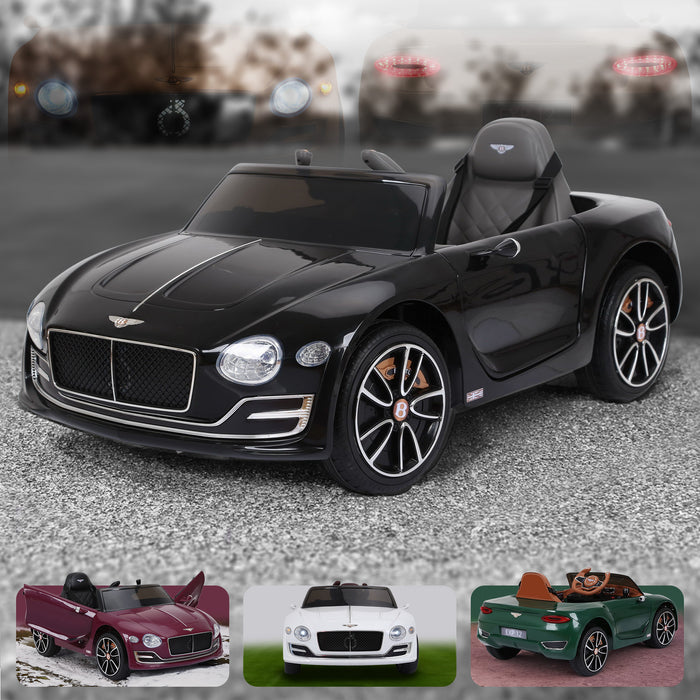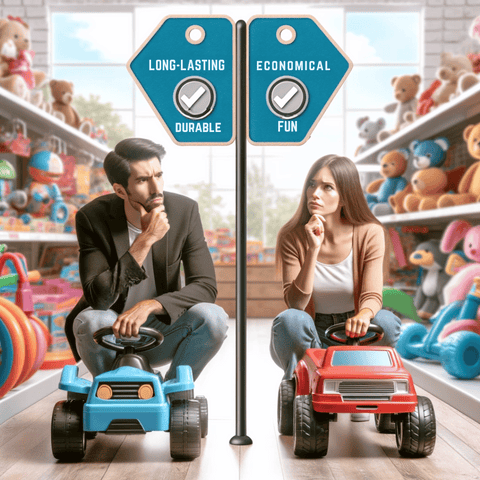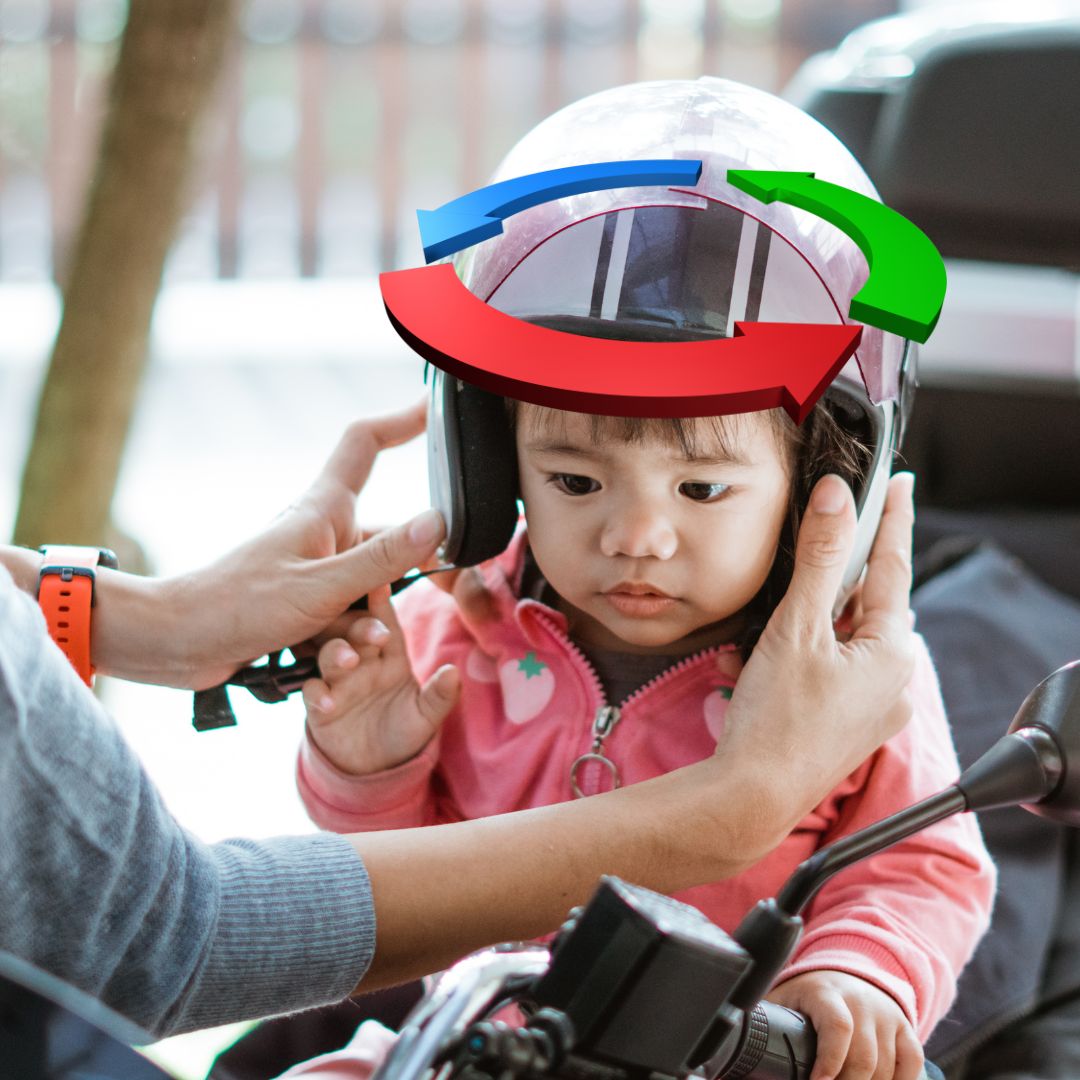
Updated: 23.4.25
Battery-operated kids’ cars have transformed from simple playthings into powerful developmental tools. Blending fun, learning, and freedom, these electric vehicles open the door to imaginative play while teaching valuable skills.
But with countless options on the market, one question remains: What is the best battery-operated kids’ car?
To answer this, let’s explore the most important features to consider — from safety and battery life to age appropriateness and long-term durability.
What Makes a Kids' Car the Best?
“Best” means something different for every family. However, key elements such as safety, durability, battery efficiency, and age suitability should guide your decision.
Top Features to Look For
1. Safety First
Look for cars with 3–5 point seat belts, low maximum speeds, sturdy construction, and parental remote controls. These elements create a secure environment while your child explores their driving world.
2. Easy to Use
The best kids’ cars are easy to assemble and operate. Features like minimal assembly, user-friendly controls, and responsive steering ensure a hassle-free experience for both parent and child.
3. Accessibility for All
Consider adjustable seats, wide door openings, and intuitive dashboards to cater to a broader range of abilities and needs.
Battery Types & Lifespan
- Lead-acid batteries: More affordable, heavier, and offer 2–3 years of lifespan with proper maintenance.
- Lithium-ion batteries: Lightweight, faster charging, and can last up to 5 years with care.
Regular charging, proper storage, and avoiding over-discharge are key to extending battery life.
Durability & Maintenance

Ride-on toys should be built to handle rough play. Choose cars with solid plastic or metal components, weather-resistant finishes, and easily replaceable parts. Clean regularly and inspect for wear to keep them in top shape.
Match the Car to the Child
Cars should suit your child's age and developmental level. A toddler may need a 6V foot-to-floor ride-on, while older children can handle 12V or 24V models with more features.
Safety Tips for Everyday Use
- Inspect regularly: Look for loose wheels, frayed wires, or worn-out brakes.
- Supervise: Always keep a watchful eye during play.
- Teach good habits: Explain turning, stopping, and awareness of surroundings.
- Keep it clean: Clean and dry the car regularly to prevent damage and wear.
Why Electric Ride-Ons Are Worth It
- Improves motor skills and coordination.
- Encourages creativity through imaginative role play.
- Fosters independence and confidence.
- Supports social development with shared play.
Don’t Forget the Practical Stuff
Before buying, consider storage space, how easy it is to clean, battery access, and whether spare parts are available for long-term use.
Final Thoughts
The best battery-operated kids’ car is one that delivers a mix of fun, safety, age-appropriateness, and learning. Choose a model that fits your child's personality, size, and play needs — and watch them light up with joy every time they hit the "gas."
FAQs
How can I tell if a ride-on is age-appropriate?
Check the manufacturer’s recommended age. Younger kids need slower speeds and simpler controls. Older children can handle more powerful and feature-rich models.
What’s the safest ride-on car feature to look for?
Look for parental remotes, seat belts, low top speeds, and emergency stop features. 3-point or 5-point harnesses are great for added safety.
How should I care for the battery?
Avoid overcharging. Store indoors in a cool, dry space. Charge every few weeks, even during off-season months.
Can I use these cars indoors?
Yes, smaller 6V or 12V cars are suitable for spacious indoor areas. Always supervise, and remove obstacles to reduce risks.
Ready to Roll? 🚗
Explore our full range of Kids' Electric Ride-On Cars and find the perfect match for your child’s next adventure.
Have questions? Reach out to our friendly team via Live Chat or email.







Share:
How Do I Transition My Child From an Electric Ride on to Petrol?
Signs Your Child's Ride-On Toy Battery Needs Replacing